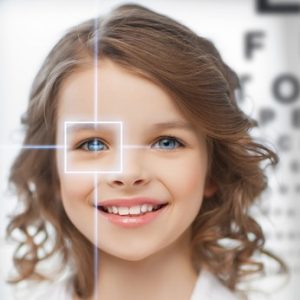Nystagmus
What is Nystagmus?
Nystagmus is a classified eye disease where the patient experiences an involuntary movement of the eyes in which they oscillate from side to side, up and down or even in a circular motion.
People who have Nystagmus are usually either blind or have very poor vision. Their vision can be considered a lot worse than what some would call short sighted, and their vision is already hampered to a certain extent.
Nystagmus Patients
There is ‘Early Onset Nystagmus’ which starts in the first six months of a baby’s life, which can also be called infantile or ‘Congenital Nystagmus’. It can also affect people at a later stage in life, which is known as ‘Acquired Nystagmus’
 Causes of Nystagmus
Causes of Nystagmus
The main cause of Nystagmus during early stages is a defect in the visual connection between the eye and the brain or the eye itself. During childhood Nystagmus can appear in a lot of different eye diseases such as glaucoma, cataract or retina diseases among albinos. Children with Down’s syndrome are also prone to Nystagmus.
Most people worry about hereditary Nystagmus, which can be confirmed through making an appropriate and accurate diagnosis of the initial condition and then to consult a geneticist to find out more accurately the chances of you passing on Nystagmus to the oncoming generation. The geneticist can also help with further information and counselling.
Nystagmus is not contagious and cannot be passed on through contact. This means people who develop it at a later stage have other causes. These causes can range from a stroke, to multiple sclerosis or even a blow suffered to the head.
Nystagmus can be classified as a symptom of a much worse eye disease, in which case it is necessary to consult an Ophthalmologist (Eye Specialist) immediately at the earliest signs of it. This should be done whether the patient is a child or an adult.
Available treatments
There is no said cure available for Nystagmus at this time. However, there are several helpful treatments. Glasses and lenses rarely do anything to fix Nystagmus, but they should be worn strictly in case other eye problems exist. Patients may be diagnosed with being ‘long’ or ‘short sighted’ along with having Nystagmus, which is not uncommon as ‘long’ and ‘short sightedness’ is caused by the eyes inability to focus correctly due to its shape.

